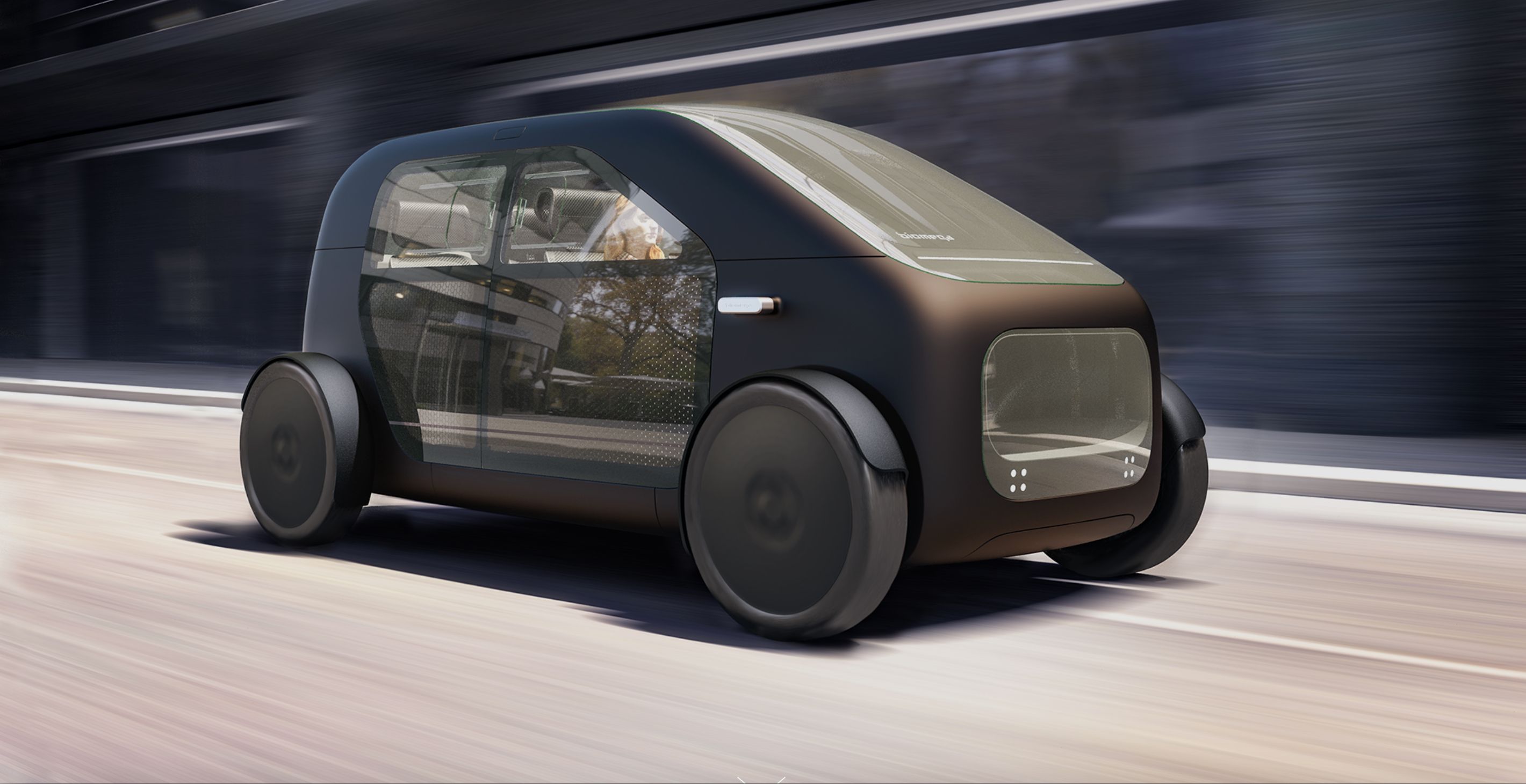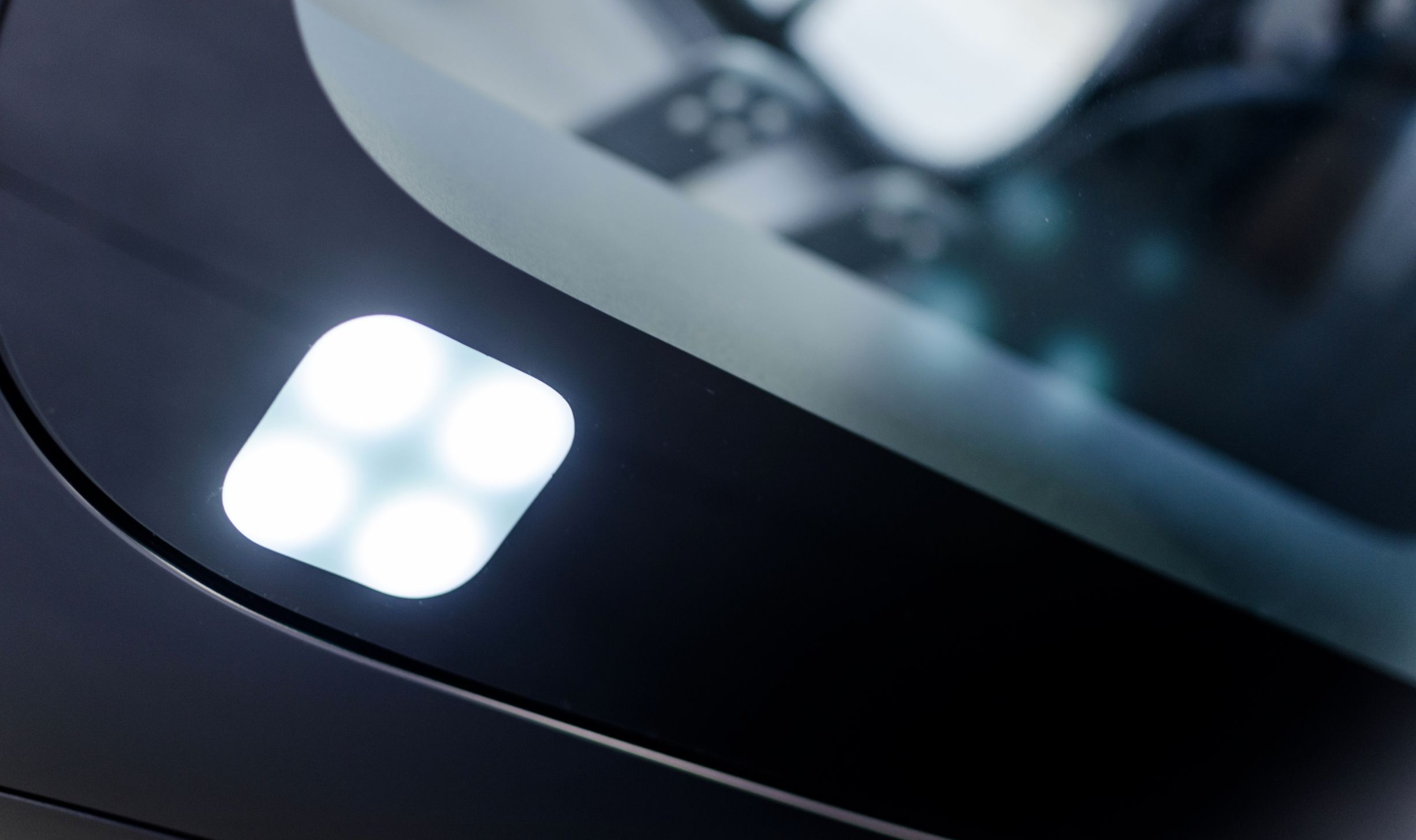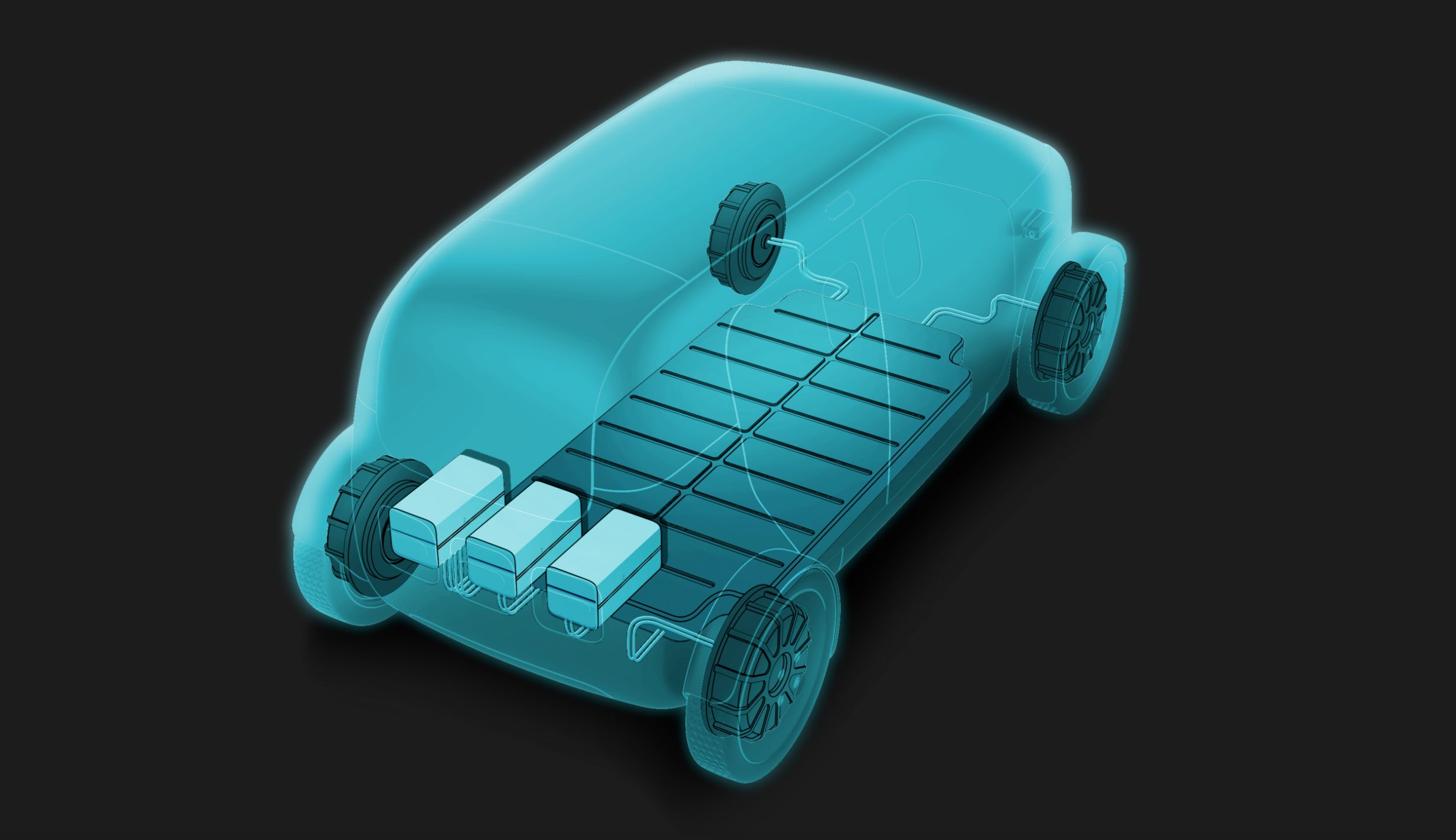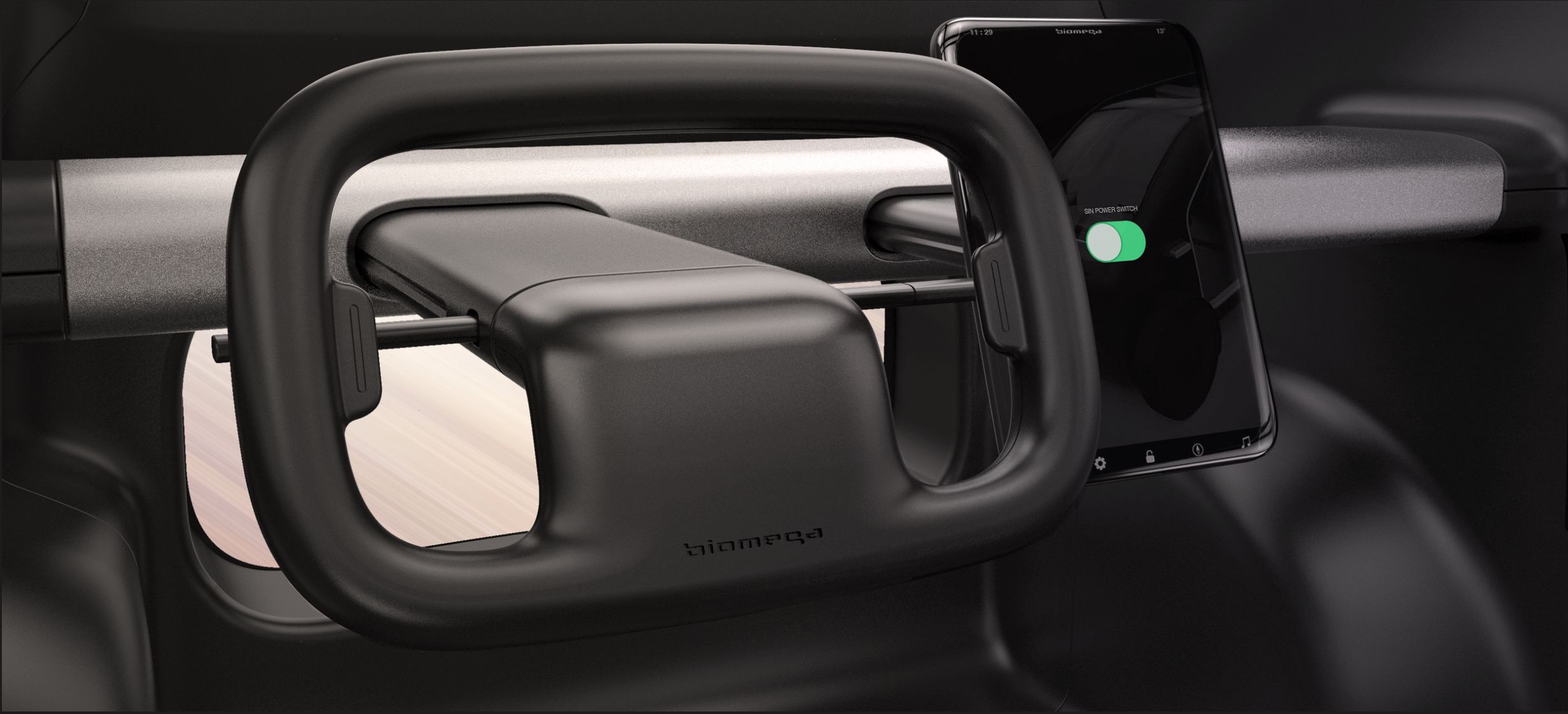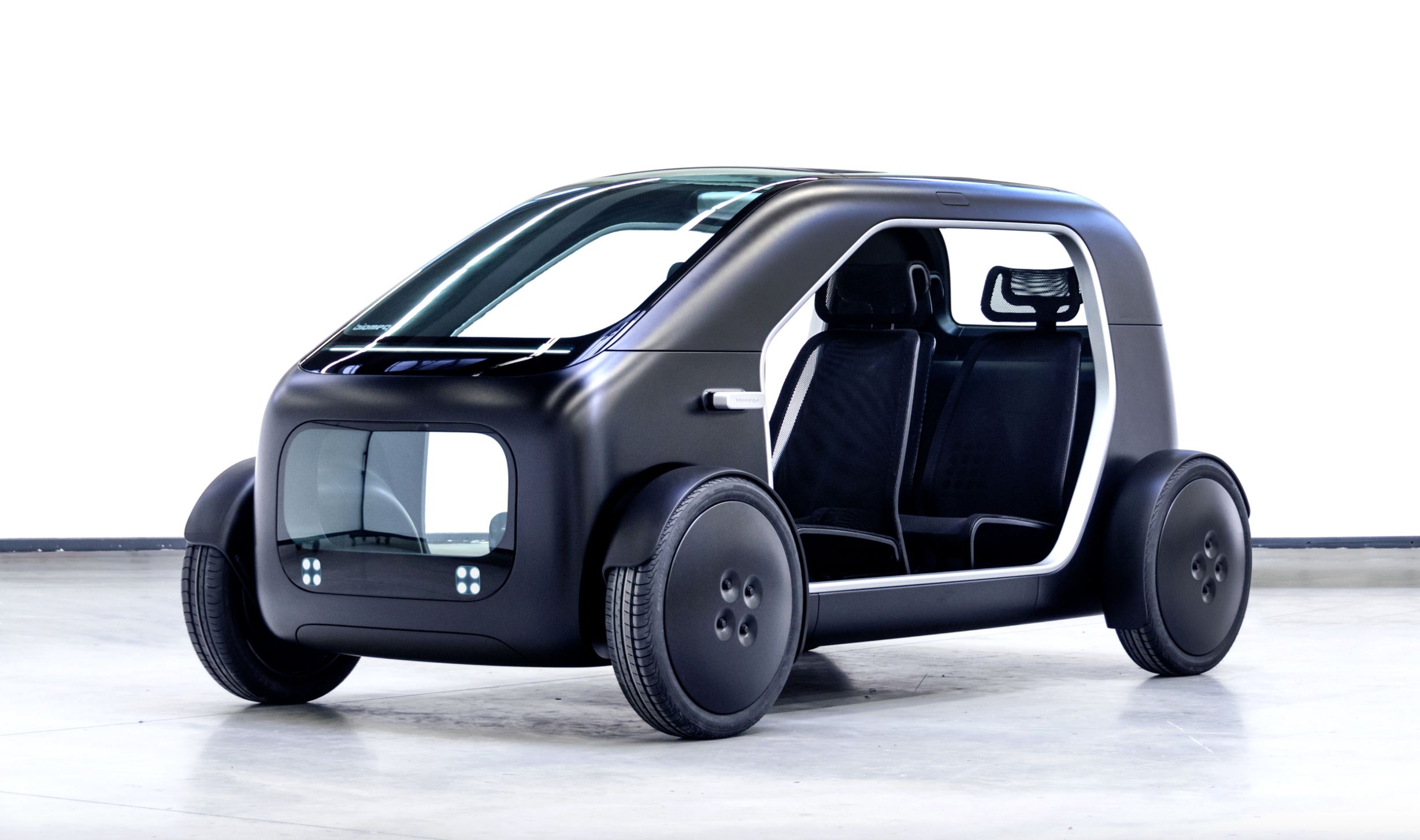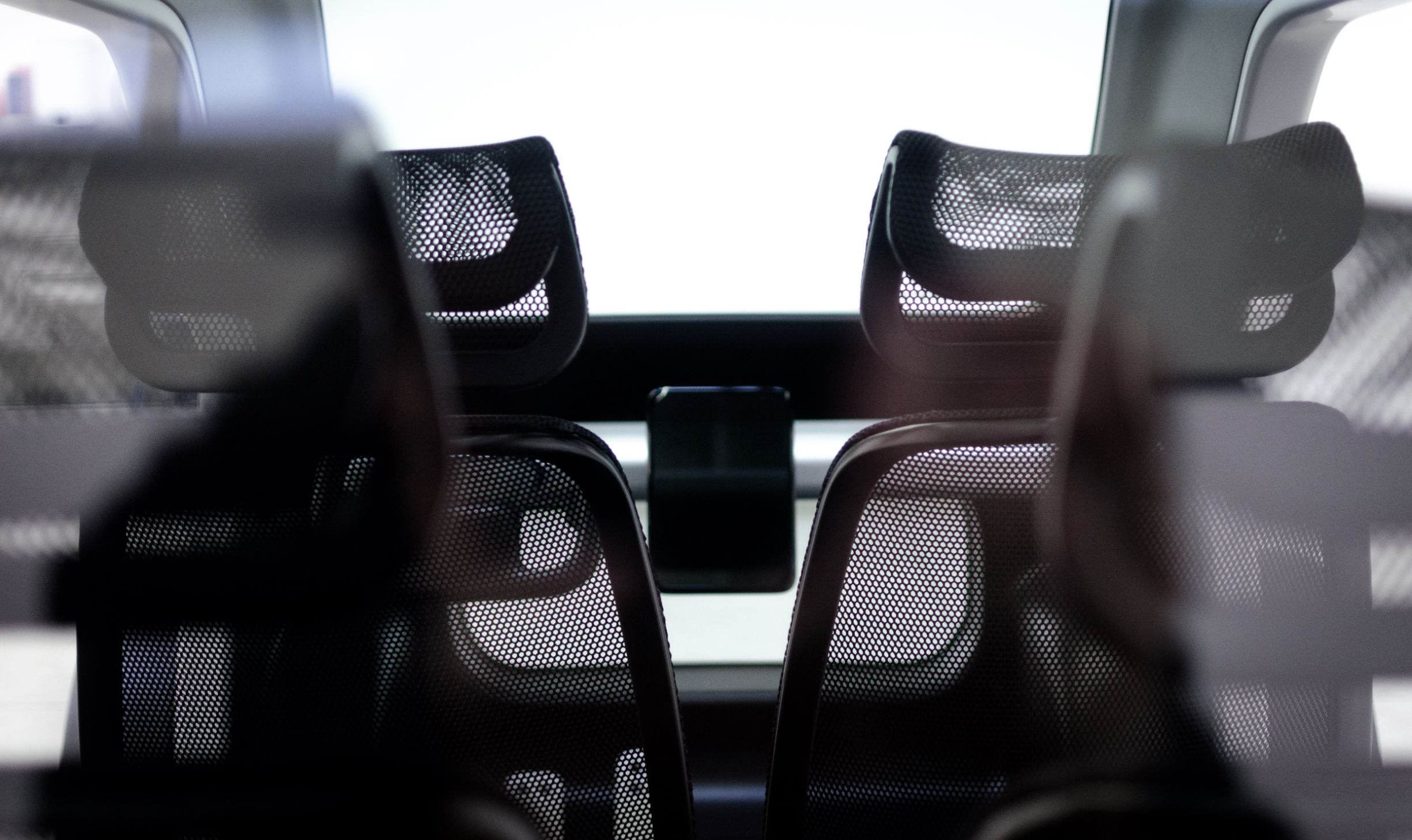A company best known for creating bicycles is dipping its toes in the electric car business with a new concept called the SIN. No, it’s not named after the immoral act; “SIN” is actually a hat tip to the “contemporary urban sprawl of Singapore.” On that note, the Biomega SIN is a simplified electric vehicle that takes a shape similar to a lot of mobility concepts we’ve seen in recent years. A production model is planned for the future, but for now, it’s only a concept that just made its debut at the China International Import Expo.
2017 Biomega SIN Concept
- Make: Array
- Model: 2017 Biomega SIN Concept
- [do not use] Vehicle Model: Array
Exterior Styling
There’s nothing extraordinary about the design of the Biomega SIN. That’s not a slight towards Biomega because that’s what the company intended to do in the first place. The SIN is part of a crop of new electric car concepts that abide by the simplicity of no-frills transportation using electric drive systems that can take you to places where you need to go without so much as a fuss.
On the surface, the concept looks like a simpler version of Renault’s EZ-GO Autonomous Concept that the French automaker revealed earlier this year at the Geneva Motor Show. But there’s more to the Sin’s construction than its quirky facade. The chassis, for example, is made out of modular carbon fiber. The lightweight material helps keep the concept’s kerb weight down to just 950 kilos, making it lighter than a Toyota Yaris.
For better or worse, Biomega doesn’t appear to be inclined to make a production version that’s identical to this concept. A production model is planned, but it should look different from the concept that's sitting in Shanghai right now. Doors, for example, will be included in the production version, though perhaps they’ll also be of the see-through variety.
Interior Design
The interior of the Biomega SIN is as no-frills as it can get. There are four seats that look just like the seat I’m occupying right now. There’s a small rectangular steering wheel up front with a small tablet located right smack in the middle of the minimalist dashboard. The back-to-basics cabin is indicative of Biomega’s plans for the model. The company indicated that the SIN has the “potential to be adapted for a wide range of consumer opportunities, including the freedom of business models such as ride sharing or leasing.”
Drivetrain And Performance
The Biomega SIN is, first and foremost, an electric car. It has no traditional gas-powered engine in its makeup. Instead, it can go around and about courtesy of a 20kWh battery in the floor of the concept. The battery sends power to four motors hidden in the wheel hubs.
Its 100-mile range isn’t particularly impressive, either, but it’s probably enough for a back-to-basics urban mobility ride that has no intentions of turning into a speed demon anytime soon. Those who end up procuring the SIN can also take advantage of the modular battery swapping system located on the floor of the concept. Biomega says that swapping batteries can be done “on the move,” though I suspect the company means that it can be done during a mid-journey stop and not necessarily when the vehicle is actually moving. Biomega's battery-swapping system could be similar to what Gogoro already has with its electric scooters. Food for thought on that one.
Final Thoughts
The Biomega SIN isn’t the kind of concept that’s going to get anyone over-the-top excited, but it is an interesting take on what could be the future of electric urban mobility. We’ve seen similar offerings from traditional automakers like Volkswagen, Renault, and even Mercedes-Benz. The presentations were all different, but the overarching theme of urban mobility was present in all of those concepts.
Biomes has something here that it can work on.
It remains to be seen if Biomega can reach its destination, but at the very least, it’s working hard to get there.

